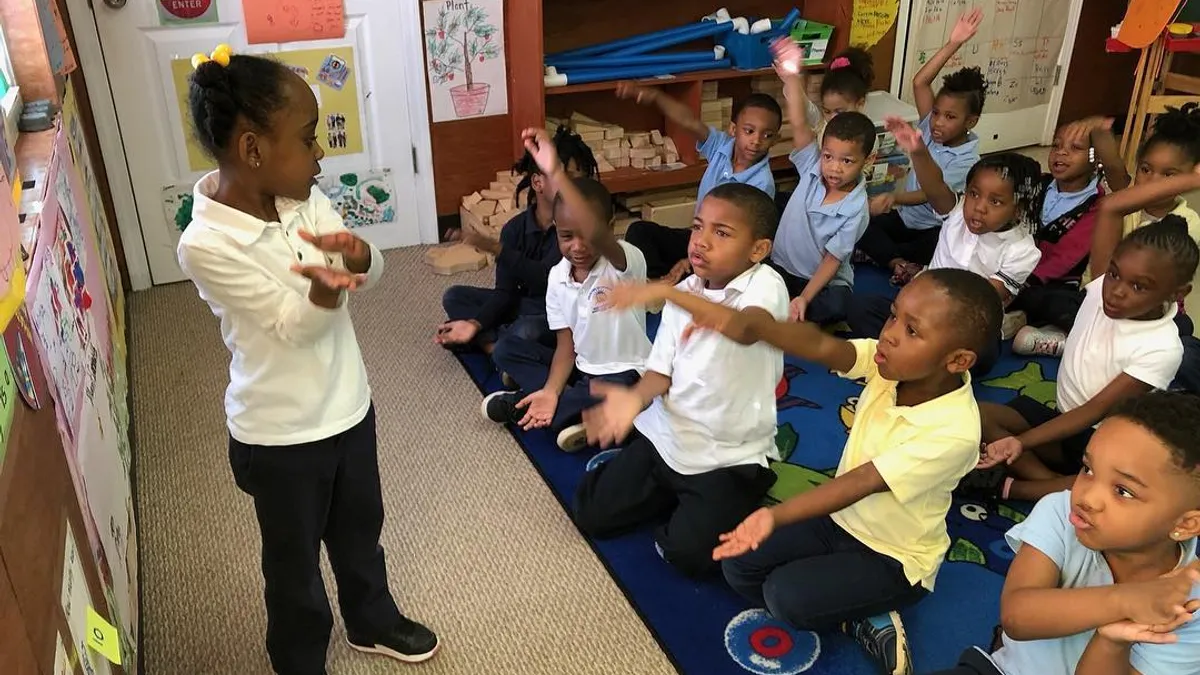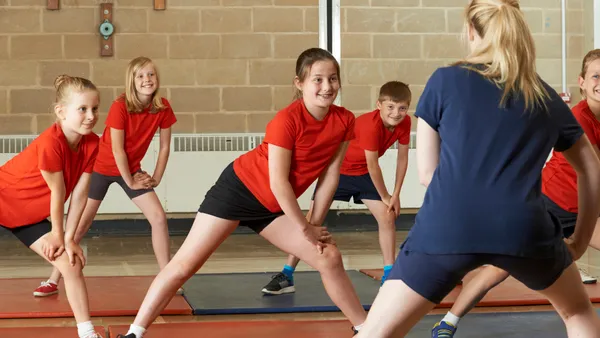Dive Brief:
- Working to build strong connections with even the most difficult students not only boosts learning, but may also decrease disruptive behavior in the classroom, Education Week reports.
- One way to forge these stronger connections is by getting to know students beyond what they talk about, or show, in the classroom. Asking them questions about hobbies or weekend activities during recess or even lunch, when they’re not in their seat, may help forge a connection.
- If things do escalate with a student during class, educators also suggest walking away for a moment. It can also help if educators ask a student if or how they can help when they see that student is struggling, before things get tense. Finally, educators can examine their own biases to help break through things blocking their ability to connect with some students.
Dive Insight:
Engaging all students in a classroom can be difficult — not every child is going to respond in a textbook-like manner to work asked of them, or during lectures. But there are ways educators can adapt their style of teaching, as well as the curriculum, to potentially better engage students and boost teachers' classroom experiences, as well.
One approach is to encourage more active learning during the day, opening conversations where students lead the discussions rather than having teachers lecture on a topic as they passively listen, according to the Center for Teaching and Learning at Indiana University. Another is just learning each student’s name and addressing them personally. This simple act can forge closer connections between teachers and students, where the latter feel their teacher is focused individually on them, their learning and their progress.
Project-based learning, where students work collaboratively often on a goal they’ve chosen themselves, can also help to focus those students who may seem disengaged. And if educators aren’t ready to launch these bigger curriculum shifts, small active learning moments can also bring big benefits, such as pairing students together for a quick chat on their thoughts on assigned reading, for example.
Allowing students to take ownership in planning an activity during their school day can allow those students who appear detached a chance to refocus and engage.






 Dive Awards
Dive Awards






